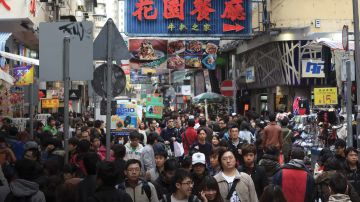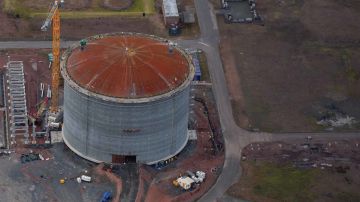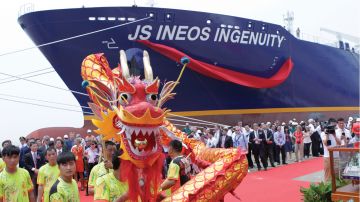INEOS is obsessive about safety. It has to be. Lives can be at stake if it gets things wrong. But when mistakes are made, INEOS is keen to ensure valuable lessons are learned every time
COMPLACENCY kills businesses.
And in a potentially hazardous business like INEOS, complacency can also costs lives.
One man whose job is to help fight against it is Steve Yee, INEOS Group Safety Health and Environment Director based at Runcorn, UK.
“It’s so important that safety is always at the forefront of everyone’s mind,” he said. “We all know that the sustainable long-term future of our businesses rests on our track record on safety, health and the environment.”
Whatever INEOS is doing, though, seems to be working.
Last year INEOS’ overall safety record improved 23% on 2013 and its environmental breaches hit an all-time low.
“It was our best-ever safety and environmental performance,” said Steve,who collates the Group’s safety reports.
He said INEOS had often seen year-on-year improvements but this was one of the biggest.
“What has been particularly pleasing is to see sites, which were not among the best safety performers, showing improvements,” he said. “When that happens, it shows very clearly what can be achieved if we set our minds to it.”
INEOS recently switched to OSHA (Occupational Health and Safety Administration), a stricter, US-based system of recording workplace accidents, injuries and illnesses so that outsiders could judge its performance against the very best.
“We can now see that INEOS compares well against the likes of Shell and Dow Chemical,” said Steve. “But whilst we are catching up, we are still behind.”
INEOS views an OSHA performance of 0.23 as being the best in class.
“Dow is amongst one of the top performers,” he said. “We are at 0.40.”
In December Steve and Simon Laker, INEOS’ Group Operations Director, visited Dow’s HQ in America to understand how it managed to achieve such an impressive performance.
“A number of factors came out and a particularly important one is that whilst the OSHA performance may be improving, the number of life-changing injuries is not,” hesaid. “The same is true for us, so clearly we have to be more focused on what we need to do to avoid the more serious injuries and fatalities.”
Steve also realised that reporting across all countries needed to be at a high level if INEOS was ever going to see real improvement.
“As a management team we are very focused on reporting,” he said. “It’s absolutely no good if the first injury we hear about is a fatality or a loss of limb.”
In an effort to make a difference, INEOS launched a group-wide initiative late last year after a member of staff at one of its production sites by-passed a safety system to speed up the job.
“New initiatives are always introduced when we review incidents that have occurred because we see what we need to put in place to prevent repeats,” he said. “Thankfully no one was hurt in the incident but it was good that it was reported to us.”
The life-saving rules now make it easier for everyone to see what INEOS expects – and also help to ensure the safety basics are in place everywhere.
Steve said those rules would be seen by everyone.
“What makes it easier to check that messages have been clearly communicated to all and understood is INEOS’ management structure,” he said. “We don’t have a huge corporate headquarters. Each site is very much accountable for its actions.”
The rules
INEOS introduced seven life-saving rules after a worker bypassed a safety system to speed up his job.
Those rules are:
- No consumption or being under the influence of alcohol or drugs on company property
- No smoking outside dedicated smoking areas
- No work on live equipment/machines to commence without authorisation
- Safety critical devices/interlocks must not be disabled or overridden without authorisation
- Persons working at height must use proper fall protection
- No entry to confined space without authorisation and gas test
- Lifting & hoisting – no unauthorised person to enter the defined danger zone where objects can fall
















